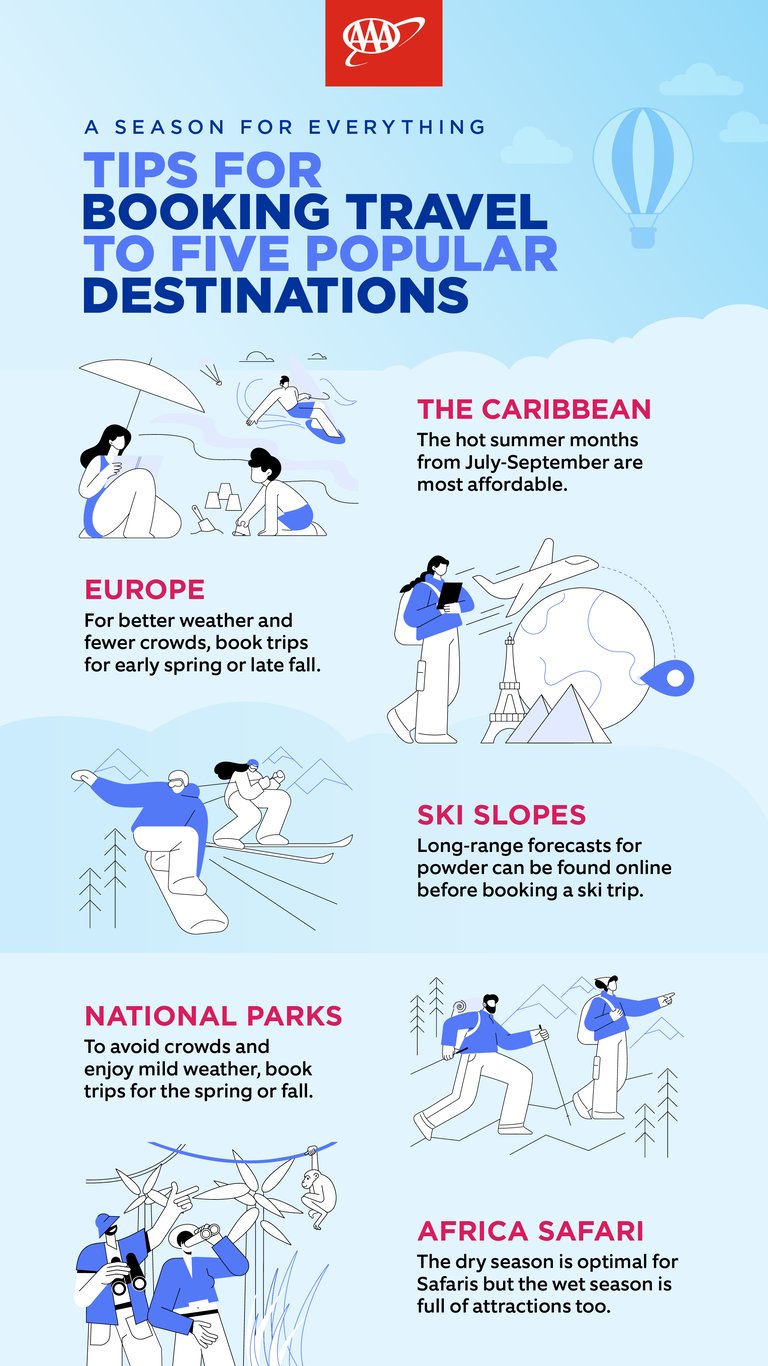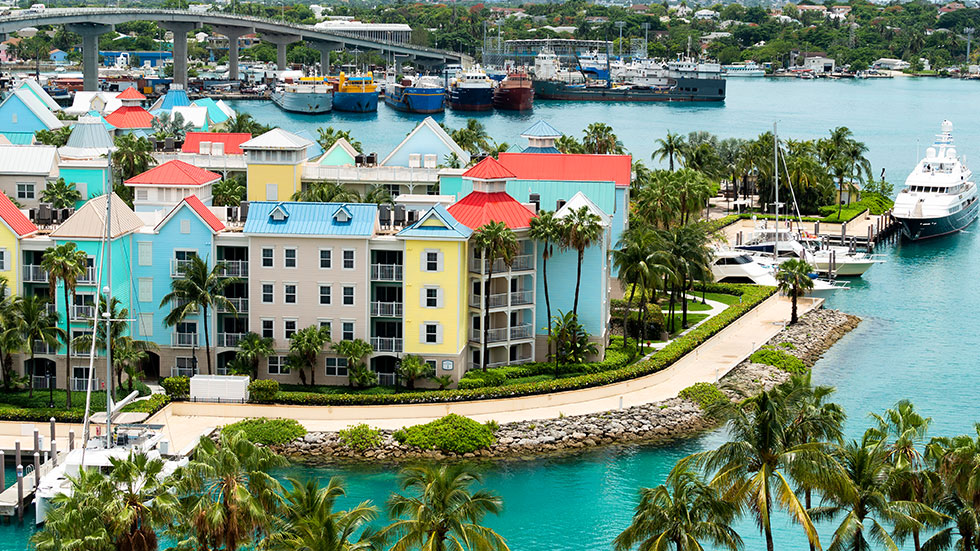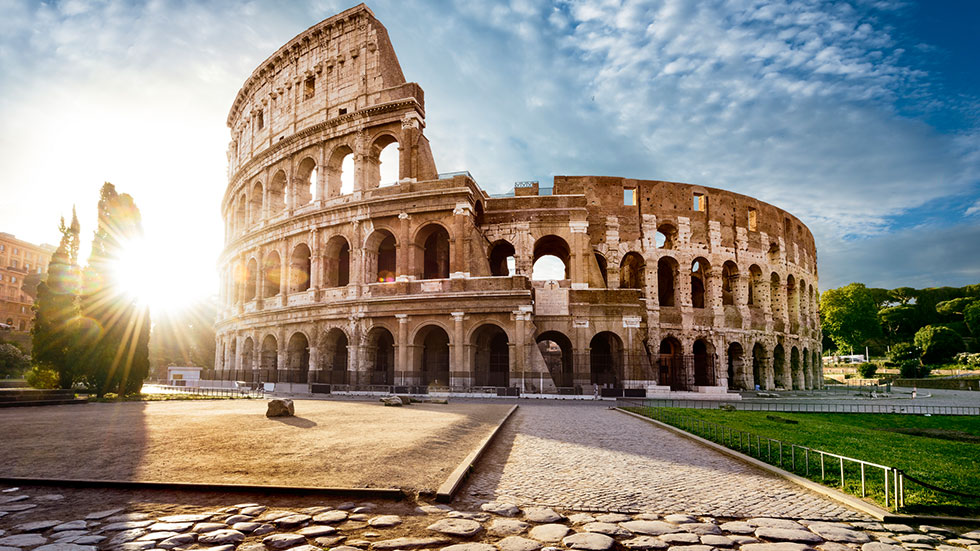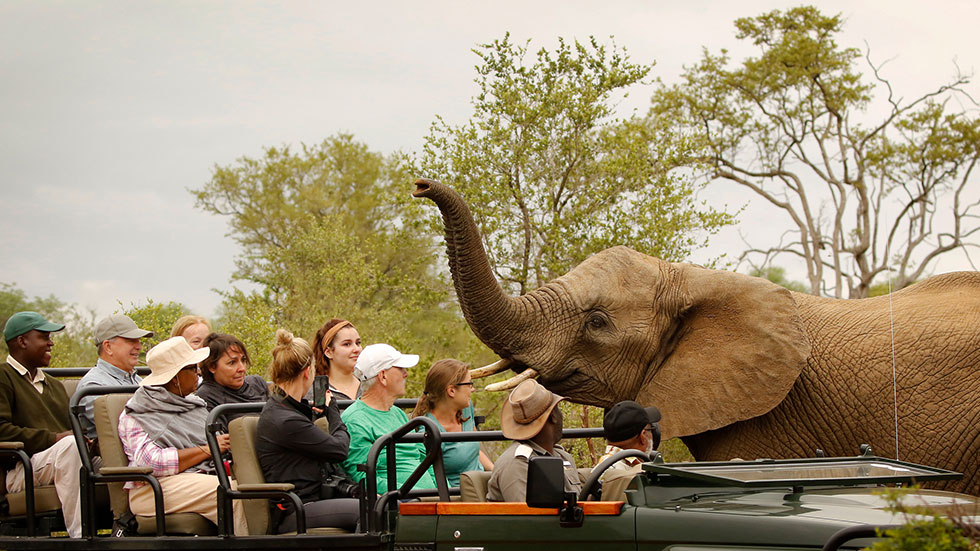

As you plan your trips for the new year, consider how weather and timing can affect the cost of your vacation, as well as your mode of travel and the destination's amenities. Peak and off-peak pricing vary greatly, and traveling during unfavorable—or unpredictable—weather can put a damper on getting there and enjoying your getaway. Here are weather summaries and seasonal tips for five popular travel destinations.

The Caribbean
With average temperatures in the 80s through the winter, the Caribbean is a warm escape for most North Americans. But high demand leads to higher prices for accommodations and flights. If you want the best deals, the hotter summer months from July to September are your cheapest bet. Fall can bring hurricanes in northern areas of the Caribbean, so make sure to purchase travel insurance in case you have to cancel your trip at the last minute. Southern parts of the Caribbean, such as the ABC Islands (Aruba, Bonaire, and Curaçao), Barbados, and Trinidad and Tobago, are typically out of the storm paths.
Ski slopes
Winter is the best season to enjoy the ski slopes of Wyoming, Utah, and Colorado. But the months of May and October can be fun too, if there’s enough powder on the ground. The best time to book a winter getaway to Salt Lake City is January – March, when snowfall averages over 500 inches. Websites such as National Oceanic and Atmospheric Administration and Open Snow provide long-range forecasts for ski powder, so you can plan ahead. To avoid crowds, travel mid-week and stay in the city instead of at the slopes.

National parks
While everyone wants to enjoy the warm weather in the great outdoors, traveling to America’s national parks during the summer months means limited space on roads and campgrounds. For parks that are accessible year-round—such as Hawaii Volcanoes National Park, Yosemite National Park, and Acadia National Park—plan your trip for spring or fall, when temperatures are mild and enjoyable. Some parks, such as Denali National Park, are only open for a short period. For these destinations, book towards the end of the season—around the last week of August and the first week of September—as the temperatures are still mild for hiking, rafting, and wildlife excursions. Mark your calendar with these five free entrance days in the national parks.

Europe
Dressed in shorts or a sundress as you stroll through the charming, historic squares and cobblestone streets of Italy or Spain seems idyllic, but the sun can also be scorching during the summer months. Plus, most European vacation rentals and businesses don’t use air-conditioning. So, take into account the climate you find to be the most comfortable. Both weather and crowds are favorable in the early spring and late fall, when there are fewer cruise ships and tour buses. If you don't mind the wet and gray winter season, you can enjoy the festive Christmas markets in cities across Europe, as well as ski season on the slopes.

Africa safari
Most of the African continent has two seasons: hot and dry, and humid and wet. The dry season offers the best conditions for seeing game, as vegetation is low and sparse. But many safari hot spots, such as Chobe National Park in Botswana, offer the same perks of wildlife viewing at a fraction of the price during the wet season that starts in October. If seeing a wildlife migration is on your bucket list, you may want to plan a trip to Kenya or Tanzania in August or September. The best time to visit South Africa’s Kruger National Park is May – October, but avoid busy weekends and school holidays. Check out Safari Consultants for a breakdown of each African country's seasons and weather systems.

